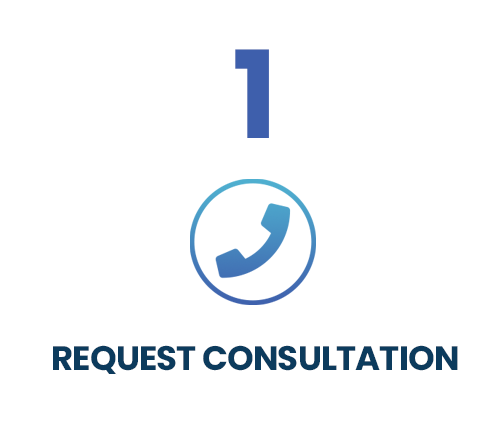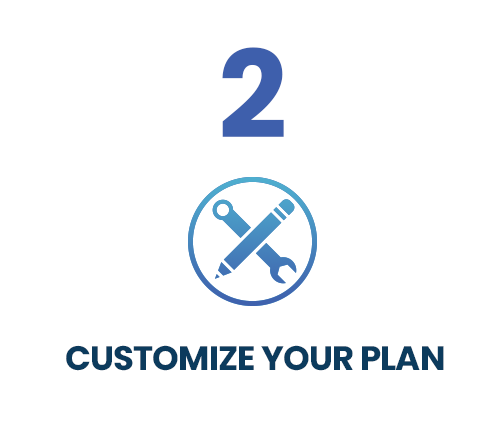Flat design is a user-centric design style that has been around for quite some time, but has more recently started to make big waves in web design. Apple, Google, and Microsoft are among the many companies that have recently embraced this growing design trend. “Why,” you may ask? Because it works.
Flat Design: What Is It?
Flat design can be characterized as a minimalistic design style that focuses on color, form, function, and font by utilizing clean open space, crisp edges, and two dimensional graphics like the example above of Microsoft’s homepage.
Unlike skeuomorphism design, which uses complex design elements such as embossing, drop shadows, and textures to give off a more realistic appearance, flat design puts more emphasis on increasing usability rather than increasing aesthetic appeal. The theory behind this design style is that if a user is not distracted by all the design elements that are typically used in skeuomorphic designs, then the user will be better able to focus on what is important, the content.
Why Web Design is Going Flat
Great for Responsive Design
In today’s digital on-the-go age, more and more users are reaching for their mobile devices to search for products and services they find of interest. Responsive design allows businesses the ability to provide their users with a consistent user experience across the various devices used to perform these searches. Flat design is great for responsive design. Many of the best responsive design websites utilize flat design elements because this design style scales well to smaller screens and allows for faster page load speeds.
Easier to Use
When properly executed, a flat design website should be simple for users to utilize on both desktop and mobile devices. The limited use of design elements and removal of flashy embellishments, eliminates the unnecessary distractions that often cause frustration to users. Furthermore, the bold typography that is used within flat design is generally easier to read and the larger, less cluttered action buttons are more apparent. The shedding of the skeuomorphic design elements also enhance a website’s ability to be cross-browser compatible.
Encourages User Engagement
Content that is communicated in a simple and clear manner is more easily digested by a user. Hence, the effectiveness of flat design. The use of clean, bright, contrasting colors help to increase the visibility of buttons, highlight calls to action, and encourage user engagement. Additionally, because flat design websites tend to have fewer graphics and smaller image file sizes, they typically have faster page load speeds.
Is Flat Design Better Than Skeuomorphic Design?
The emergence of flat design as a trend shows that there has been a major shift towards user-friendly, minimalistic designs. At Leverage Digital, we have always espoused the importance of clean and user-centric designs. Though the winds have shifted in the world of web design, the important thing to keep in mind is that one design style is not necessarily inherently better than the other. They both have advantages and disadvantages, and so it depends on the needs of your customers and the goals of your business when deciding which design style is the best option for you.




